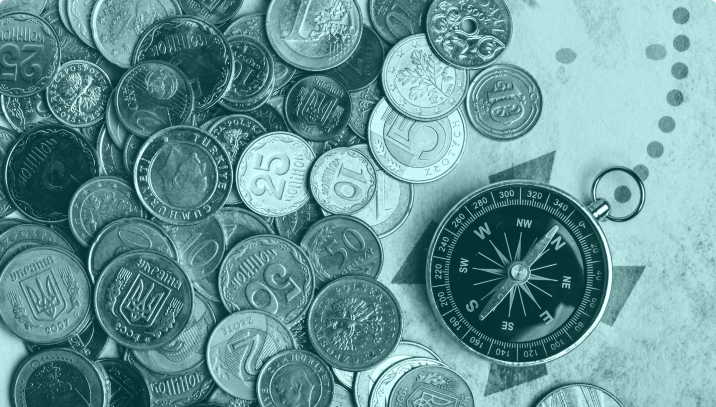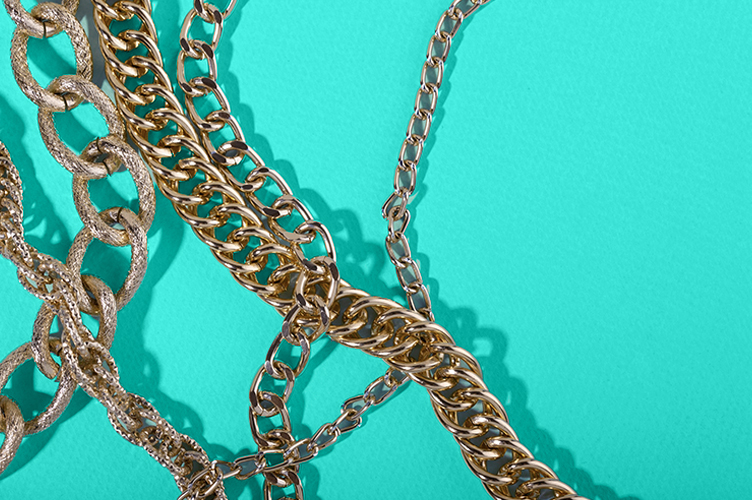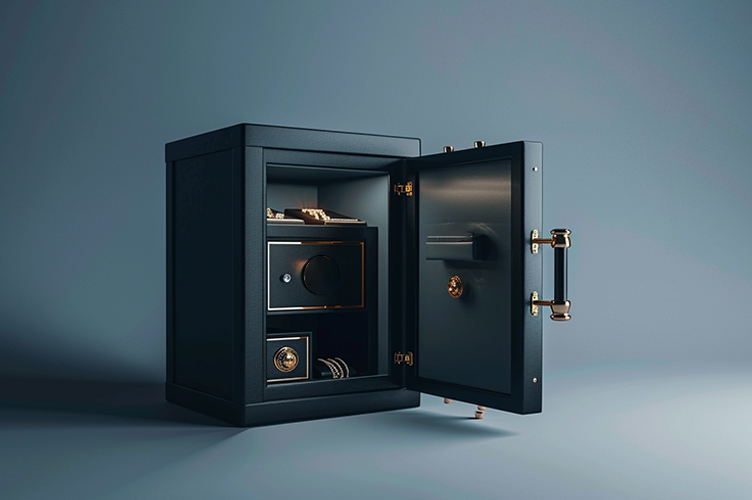During the colonial era of the United States, most people survived by using the coin of the realm of the colonizing country. The Spanish piece of eight was used even in colonies not controlled by Spain because it was trusted throughout the Western Hemisphere. Many people also survived using the barter system. Once the colonies became an independent country, America had to figure out its own monetary system in order to build a strong foundation for the nation’s finances to grow and thrive.
The Constitution and the Coinage Act of 1792 (the Mint Act)
It wasn’t until 1792, after the United States Constitution became the law of the land, that the federal government engaged with the idea of creating a federal mint and regulating the money used in the United States. Congress passed the Coinage Act of 1792 on April 2, 1792, popularly known as the Mint Act. The Mint Act founded the United States Mint and set the silver dollar as the official unit of currency for the country. It also established the dollar as a decimal currency.
Notable Early U.S. Coins and the End of Precious Metal Circulation Coins
A month later, in May 1792, President George Washington signed the Act to Provide for a Copper Coinage into law. The first copper penny, the “Fugio” cent, was authorized in 1787 under the Articles of Confederation; the 1792 law would established copper pennies as part of American currency under the Constitution as well.
The first coins were designed with the word “Liberty,” an image representing liberty, and the year the coin was made on one side. The other side of each gold or silver coin would bear the words “United States of America” and an image of an eagle. The United States didn’t officially issue paper (money) until the 1860s, so coins were the only official tender of the country. Denominations of coins included the $10 gold eagle, $5 gold half eagle, $2.50 gold quarter eagle, silver dollar, silver half-dollar, silver dime, silver half dime, copper one-cent piece, and copper half cent.
This remained largely unchanged until 1873, when a new law was passed that moved the world of American finance to the gold standard. People could no longer have their silver made into coins to use as currency, though silver coins would still be made by the U.S. Mint until 1965, when the 1965 Coinage Act began phasing out the use of silver in coins. Gold coins were discontinued in 1933.
Modern U.S. Coinage
The Penny
The penny is the oldest type of currency in the United States. The modern penny, with President Abraham Lincoln on the front, debuted in 1909 with stalks of wheat on the back. That design stayed in circulation until 1958. A steel version of the Lincoln wheat penny was issued during World War II due to a shortage of copper. The wheat Lincoln was retired in 1958 and replaced with a penny that had Lincoln on the front and an engraving of the Lincoln Memorial on the back. Until 1982, this penny consisted of an alloy that was 95% copper. Rising copper prices meant that pennies then changed to copper-coated zinc pieces. In 2010, a new design was issued with Lincoln still on the front and a shield on the back of the coin.
The Nickel
The nickel actually started out as a silver half dime. But the half dime was a very small coin, smaller than the dime, making it very easy to lose. After the Civil War, the Mint began to make coins out of non-precious metals, and one of these would be a nickel five-cent piece, first minted in 1866 and named for the metal from which it was made. The half dime was retired in 1873. Today, the nickel is actually mostly made of copper, and due to the rising cost of both nickel and copper, the U.S. Mint spends eight cents on each five-cent piece manufactured today.
The Dime
Since 1946, President Franklin Delano Roosevelt has been on the front of United States dimes. Most people only remember these Roosevelt dimes. However, it’s the Mercury dime that collectors and historians consider the most famous. The Mercury dime was in circulation from 1916 until the Roosevelt dime was introduced. The Mercury dime was so named because people confused the engraving of Liberty for the Roman god Mercury.
The Quarter
The Mint made its first quarter in 1796. Since then, the quarter has had many designs. The Washington quarter still in use today was introduced in 1932. Washington quarters minted prior to 1964 were made from 90% silver and 10% copper. Since 1964, they have been made of mostly copper with a copper and nickel mix used to cover the outside. Historically, the Washington quarter had an eagle on the back. However, from 1999 to 2008, the Mint issued the 50 state quarters; each state had its design. From 2010 to 2021, the Mint issued the America the Beautiful series to honor national parks and other historic sites from all 50 states. In 2022, the Mint updated the image of Washington on the front of the quarter, using a design created for the original Washington quarter in 1931. The Mint also introduced a series of quarters honoring notable women in American history.
The Half-Dollar
The first half-dollar was pressed back in 1794. Until 1948, the front of the coin had an image of Lady Liberty. Benjamin Franklin was on the front of the half-dollar from 1948 until 1964, when the recently assassinated President John F. Kennedy replaced him on the coin. Kennedy is still on the front of half-dollars, which are still being minted and circulated today, although they mostly end up in the hands of collectors.
- Coinage Act of April 2, 1792
- A Quick Guide to Seven of the Most Important U.S. Coinage Acts
- Mint and Coinage Act
- History of United States Currency
- The State of Coin Circulation
- Coins, the Overlooked Keys to History
- A History of American Currency
- The First Motto on United States Coins
- Denominations, Specifications, and Design of Coins
- Evolution of the U.S. Silver Dollar
- The History of Money
- The Hidden History of the Nickel
- Which Historical Figures Are on U.S. Money?
- U.S. Coins Review






